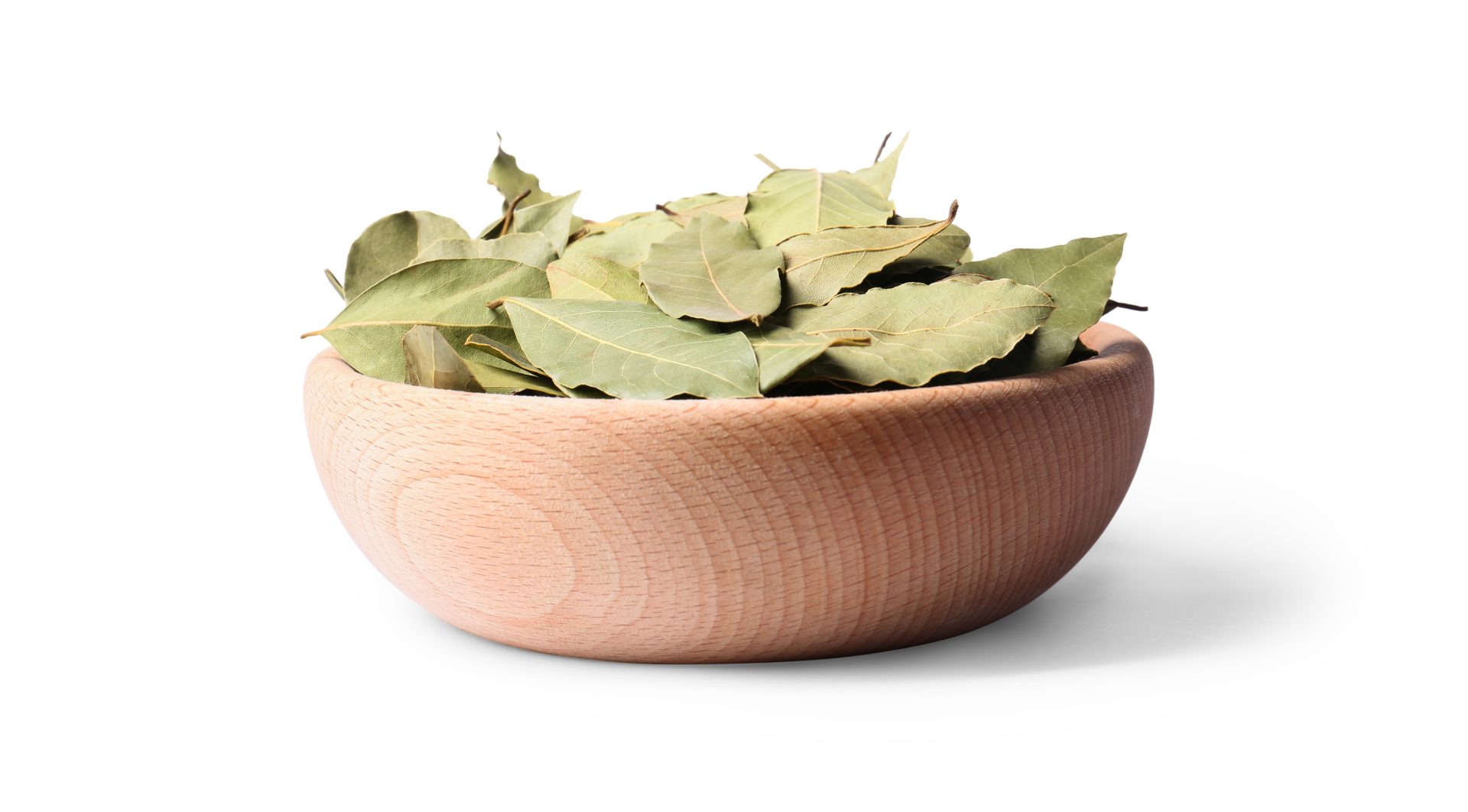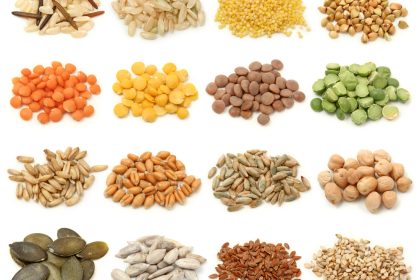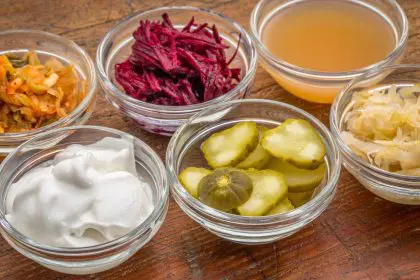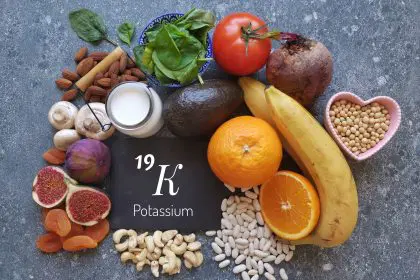This unassuming herb that often gets discarded after cooking actually contains powerful compounds that can support everything from digestion to blood sugar management.
Ancient remedy gains modern recognition for surprising wellness properties
That fragrant leaf you’ve been fishing out of your soup might deserve more attention than simply being discarded. Bay leaves, those unassuming herbs that often get removed after cooking, actually contain powerful compounds that can support everything from digestion to blood sugar management. While many home cooks use them solely for flavor, the health benefits of this ancient herb extend far beyond culinary applications.
The nutritional profile behind the benefits
Bay leaves contain an impressive array of nutrients despite their seemingly simple appearance. These aromatic leaves are packed with vitamins A, C, and B6, along with essential minerals including manganese, calcium, potassium, and iron.
What truly sets bay leaves apart, however, are their unique plant compounds. They contain powerful phytonutrients including eugenol, myrcene, and cineole. These natural chemicals give bay leaves their distinctive aroma and are responsible for many of their health-promoting properties.
The leaves also contain significant amounts of linalool, a compound with calming properties, and quercetin, a flavonoid known for its antioxidant capabilities. This rich concentration of bioactive compounds explains why bay leaves have been valued for centuries in traditional wellness practices across multiple cultures.
Digestive health improvements
One of the most well-documented benefits of bay leaves relates to digestive wellness. The organic compounds in bay leaves stimulate digestive enzymes, helping the body process food more efficiently and potentially reducing uncomfortable symptoms like bloating and gas.
The leaves contain unique enzymes that help break down proteins and complex starches, making meals easier to digest. This enzymatic action is particularly helpful after consuming heavy or protein-rich foods that might otherwise cause digestive discomfort.
Beyond enzyme activity, bay leaves possess mild anti-inflammatory properties that can soothe the digestive tract, potentially reducing irritation throughout the gastrointestinal system. This makes them particularly valuable for those with sensitive digestive systems.
The fiber content in bay leaves, though modest when consumed in typical culinary amounts, also contributes to digestive health by supporting regular bowel movements and feeding beneficial gut bacteria that support overall digestive function.
Blood sugar regulation potential
Perhaps one of the most promising areas of bay leaf research concerns their effect on blood sugar levels. The compounds in bay leaves appear to help the body process insulin more effectively, potentially leading to better blood glucose control.
Regular consumption of bay leaf tea or including the leaves in cooking may help reduce post-meal blood sugar spikes. This moderation of glucose response makes bay leaves particularly interesting for those concerned about maintaining healthy blood sugar levels.
The effect seems to come from several mechanisms working together. Bay leaves contain compounds that slow the breakdown of starches into simple sugars in the digestive tract. Additionally, certain compounds help cells respond more effectively to insulin, the hormone responsible for moving glucose from the bloodstream into cells.
While the blood sugar benefits of bay leaves should not replace proper medical care, incorporating them into a balanced diet may provide additional support for those monitoring their glucose levels.
Respiratory system support
The aromatic compounds in bay leaves, particularly eucalyptol (also called cineole), provide significant benefits for respiratory health. These natural chemicals help loosen mucus and reduce inflammation in the respiratory tract.
Inhaling the steam from water infused with bay leaves can help open constricted airways, potentially providing relief during seasonal respiratory discomfort or minor congestion. The volatile oils in the leaves help break up mucus and promote easier breathing.
These same compounds have mild antimicrobial properties that may help address the underlying causes of certain respiratory issues. While not a replacement for medical treatment, bay leaf steam inhalation represents a gentle supportive approach for respiratory comfort.
The traditional practice of burning bay leaves, while not recommended indoors due to fire safety concerns, historically took advantage of these respiratory benefits by releasing the active compounds into the air.
Anti-inflammatory capabilities
Chronic inflammation underlies many modern health concerns, and bay leaves contain several compounds with anti-inflammatory properties. Regular consumption of bay leaves may help modulate the body’s inflammatory responses.
The leaves contain parthenolide, a compound that helps inhibit the release of certain inflammatory markers in the body. This action may provide subtle but meaningful support for overall inflammatory balance when bay leaves are consumed regularly.
The eugenol in bay leaves also demonstrates anti-inflammatory effects, particularly when applied topically in the form of essential oils (always properly diluted and under appropriate guidance). This makes bay leaf preparations potentially useful for temporary relief of minor muscle or joint discomfort.
While the anti-inflammatory effects of culinary amounts of bay leaves are modest, they represent a simple dietary addition that can contribute to an overall anti-inflammatory approach to eating.
Antioxidant protection
Bay leaves rank impressively high in antioxidant content compared to many other herbs and spices. These antioxidants help neutralize free radicals, unstable molecules that can damage cells and contribute to aging and various health concerns.
The leaves contain several types of antioxidants, including flavonoids, catechins, and linalool. This diverse profile means they can address different types of oxidative stress throughout the body when consumed regularly.
The antioxidant properties extend beyond just consuming the leaves. Bay leaf essential oil (used properly and safely) contains concentrated forms of these protective compounds, though it should never be ingested and must be properly diluted for topical use.
Regular consumption of bay leaves in cooking or as tea may contribute to the body’s overall antioxidant defense system, working alongside other antioxidant-rich foods to provide comprehensive protection against oxidative damage.
Cardiovascular health support
Several compounds in bay leaves appear to support heart health through multiple mechanisms. Regular consumption may help maintain healthy cholesterol levels by optimizing the balance between LDL (often called “bad” cholesterol) and HDL (often called “good” cholesterol).
The leaves contain caffeic acid and rutin, compounds that support blood vessel health and help maintain proper circulation. These properties make bay leaves a heart-friendly addition to a balanced diet focused on cardiovascular wellness.
Some research suggests bay leaves may help maintain healthy blood pressure levels, likely due to their potassium content and special compounds that support blood vessel function. This potential benefit adds to their overall cardiovascular protective profile.
While bay leaves alone cannot prevent heart issues, their unique properties make them a worthwhile addition to a comprehensive approach to heart health that includes proper diet, exercise, and medical care.
Practical ways to incorporate bay leaves
Beyond simply adding bay leaves to soups and stews, there are many creative ways to enjoy their benefits. Bay leaf tea represents one of the most direct methods of experiencing the herb’s properties. Simply steep 2-3 dried bay leaves in hot water for about 10 minutes, then remove the leaves before drinking.
Infused oils offer another practical application. Adding bay leaves to olive oil and allowing them to infuse for several weeks creates a flavorful cooking oil that carries many of the herb’s beneficial compounds.
Ground bay leaves can be incorporated into spice mixes for rubs and marinades. While the leaves are typically removed when whole, grinding dried bay leaves into powder allows their nutrients to be fully consumed rather than discarded.
For external use, bay leaf-infused massage oils (made with proper dilution and safe practices) have been traditionally used to soothe minor muscle discomfort. Always perform a patch test first and discontinue use if any irritation occurs.
Considerations and precautions
While bay leaves offer numerous benefits, a few considerations are worth noting. The leaves should never be eaten whole, as their stiff texture can pose a choking hazard and potentially damage the digestive tract. Always remove whole bay leaves before serving food.
Bay leaf allergies, while uncommon, do occur in some individuals. Those with known allergies to plants in the Lauraceae family should exercise caution when introducing bay leaves into their diet.
Pregnant women should use bay leaves in normal culinary amounts only, avoiding concentrated forms like essential oils or medicinal quantities of bay leaf tea without professional guidance.
Those taking medications should be aware that bay leaves may interact with certain drugs, particularly those affecting blood sugar or blood clotting. Always discuss herb consumption with healthcare providers when taking prescription medications.
With these considerations in mind, bay leaves represent a safe, beneficial addition to most people’s diets when used in traditional culinary amounts or as occasional tea. Their long history of use across multiple cultures speaks to both their safety and efficacy when used appropriately.
From supporting digestion to providing antioxidant protection, bay leaves offer an impressive range of health benefits from such a humble herb. Rather than discarding these powerful leaves after cooking, consider new ways to incorporate their benefits into your wellness routine.













